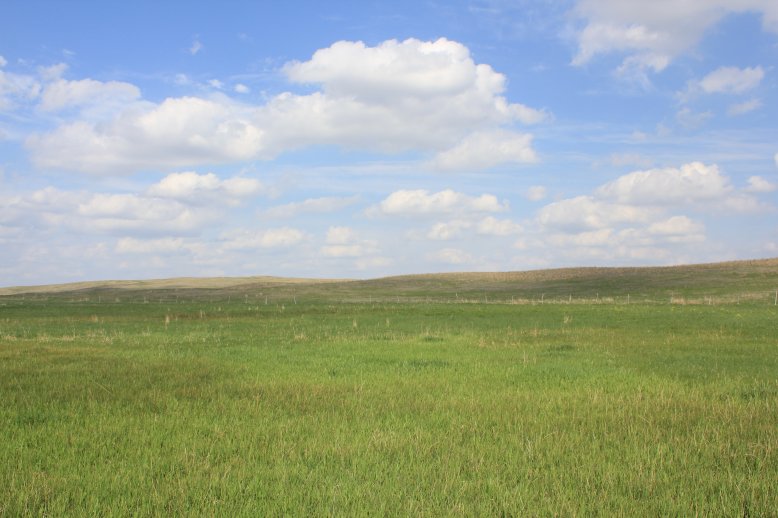
By Bruce Anderson, UNL Forage Specialist
Free for the taking. Free lunch. Absolutely no cost. Something for nothing. Don’t you love it when you can get something for free?
Input costs keep rising. Seed, fertilizer, pesticides, fuel, hay, supplements, trucking – everything seems to get more expensive. But miraculously, the most important input is still free. The input I’m talking about is sunlight.
Grassland managers need to capitalize on free sunlight to be profitable. That’s especially important after receiving some good rain. With good moisture and the return of warm temperatures, pastures and rangeland are poised to grow rapidly.
Just because sunlight is free, though, don’t take it for granted. What we should take advantage of as much free sunlight as possible. As we capture more solar energy, our grazinglands become more productive and our livestock more profitable.
The only way to capture solar energy is with healthy, green leaves. The more land area completely covered by green leaves, the more sunlight that’s captured and converted into more grazable forage.
This season, as you check your livestock and pastures, don’t just look over the pastures. Also look down. How much bare ground do you see? How much dead litter or brown, dying leaves? How much healthy, green leaf area? The more green, the better.
Improving the amount of green leaves capturing sunlight begins with proper stocking rate. Once that’s accomplished, avoid grazing too short. Move animals to new pastures while you still have lots of green leaves remaining to capture sunlight.
Then your plants will capture more sunlight, regrow more rapidly, and produce more forage for your animals to graze later on.